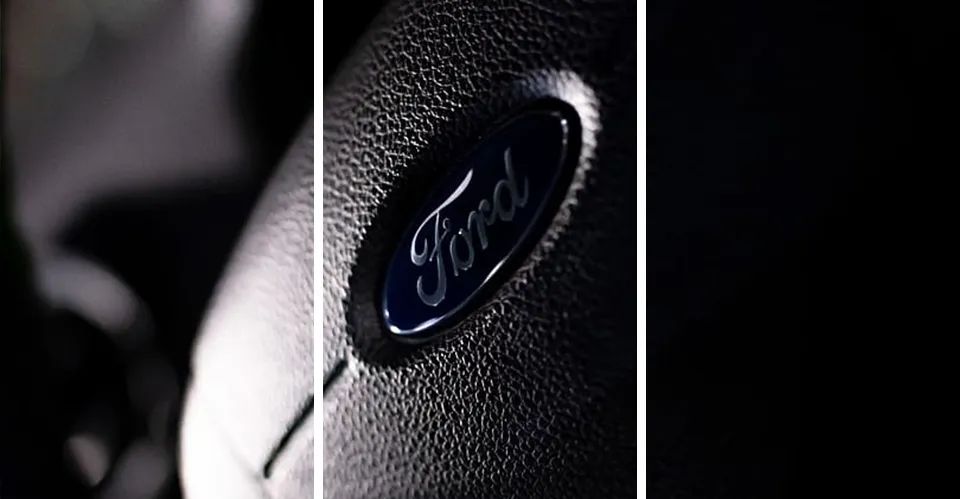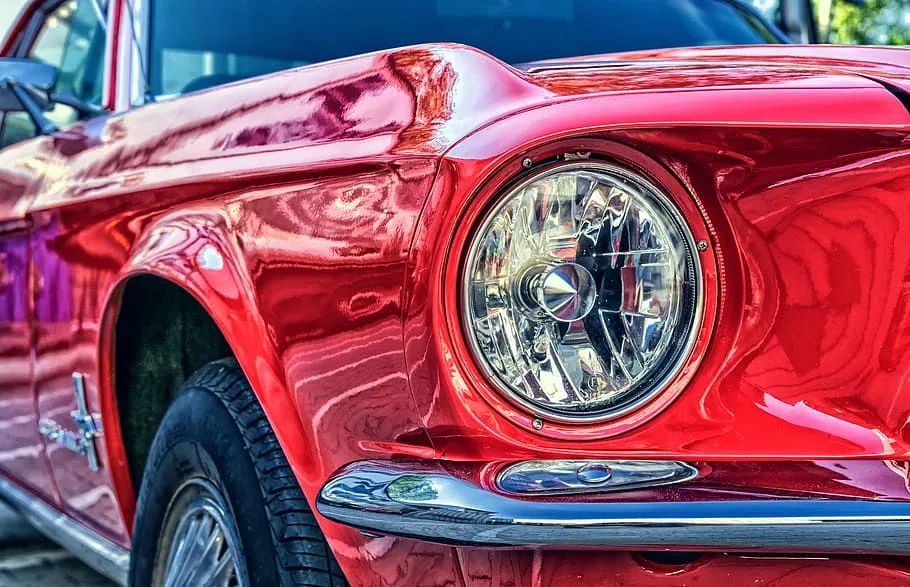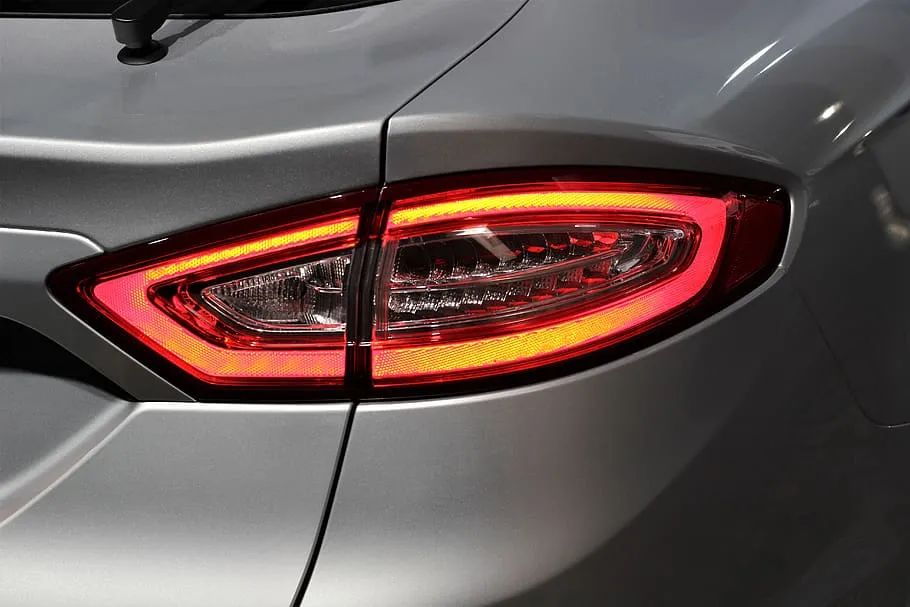Jim Farley, CEO, pulls back the veil on Ford's struggles in China
![]() 09/20 2024
09/20 2024
![]() 476
476
Omni-media matrix distribution, full automotive digital industry chain

In terms of intelligence and electrification, Ford started very early. Specifically in the Chinese market, Ford has also been actively launching related products through Changan Ford, but unfortunately, it ultimately admitted that it lags behind its Chinese competitors. Who is right and who is wrong?
Written by Li Yue
Produced by Jieche Technology
'When we came to China, we realized we were already behind.' The Wall Street Journal recently reported that Jim Farley, CEO of Ford Motor Company, the second-largest automaker in the United States, has visited China multiple times since the beginning of 2023. These visits made him fully aware that Chinese companies have significantly surpassed Ford in the electric vehicle race.
In terms of intelligence and electrification, Ford started very early. Specifically in the Chinese market, Ford has also been actively launching related products through Changan Ford, but unfortunately, it ultimately admitted that it lags behind its Chinese competitors. Who is right and who is wrong?
1
Ford Misses Out
China's New Energy Vehicle Market
China has provided the best global environment for the development of new energy vehicles, and automakers worldwide are launching their new energy vehicles in the Chinese market. Among them, Ford was one of the earliest automakers to take action.

Ford has a long history of developing hybrid technology, starting to develop hybrid systems as early as the late 1990s. Its research and development direction is similar to that of Toyota, both using eCVT as the connection device between the motor and engine.
In April 2017, Ford announced that as part of its China electrification strategy, it would launch two new electric vehicles in China - the Ford Mondeo Energi plug-in hybrid and a new pure electric compact SUV with an estimated range of over 450 kilometers. Among them, the Ford Mondeo Energi was produced by Changan Ford, Ford's joint venture in China, in 2018.
By 2025, Ford will introduce more electric vehicles in China, and 70% of Ford-branded vehicles sold in China will be available in electric versions, including the entire lineup of Changan Ford models.
Ford will begin producing electric vehicle powertrain systems in China in 2020, and it also plans to increase investment in R&D for the next generation of electric vehicle technology to enhance the electrical powertrain engineering and R&D capabilities of Ford's Nanjing Engineering Research and Development Center.
It can be said that Ford was one of the first automakers to realize the booming potential of China's new energy vehicle market, and in terms of technological reserves, it has the technical capabilities of plug-in hybrid and pure electric drive.
However, Ford's related products have not significantly demonstrated the competitive advantage of plug-in hybrids and have practically disappeared. As for pure electric products, Changan Ford has not introduced new products as planned.
It was not until 2021 that Ford introduced the Ford Mustang Mach-E (formally known as Mustang Mach-E) in China, which began production in China in 2021 by Changan Ford. However, sales of the Mustang Mach-E have been unimpressive.
2
Changan Ford Takes a Beating
Difficult to Make a Big Impact
There has long been a saying in the automotive industry: 'A century-old Ford, ruined by Changan.' However, the truth has little to do with Changan and more to do with Ford itself.
In 2017, Ford, which had reached a peak of over one million sales in the Chinese market, began to slide into a abyss; that year, Changan Ford sold 827,000 vehicles, a year-on-year decline of 14%, highlighting its decline. In the first three quarters of 2018, Ford's cumulative sales in China were 585,000 vehicles, a year-on-year drop of 30%.
Imagine if Ford and its joint venture Changan Ford had grasped the trends of electrification and intelligence in the Chinese automotive market back then; the situation would undoubtedly have been vastly different.
In fact, Ford did make an effort. To reverse its decline, Ford officially announced its 'Ford China 2.0' business improvement plan.
According to the plan, Ford will undertake reforms in five areas in China: product development, technological reserves, joint ventures and cooperation, corporate innovation, and local talent systems. To support these reforms, four centers have been established: the China Innovation Center, China Design Center, China Product Center, and China New Energy Vehicle Center.
However, Ford's efforts in China have not yielded significant results, and there is almost no original content truly based on the Chinese team and market.
Ford's 'disastrous' actions in China have gradually marginalized Changan Ford's products, causing them to fall out of the ranks of first-tier joint venture brands. According to statistics from the China Association of Automobile Manufacturers, Changan Ford sold 148,200 vehicles from January to August, a far cry from its heyday.
3
Will the Ford Mustang Mach-E
Be a Lifesaver?
Ford is not without viable new energy vehicle products. Ford currently has three electric vehicle models: the commercial van E-Transit, the electric pickup F-150 Lightning, and the Mustang Mach-E.
Among them, the F-150 Lightning pickup is the best-selling electric pickup in the United States, and with Ford's R&D capabilities in pure electric technology and the Mustang Mach-E's own product strength, the Mustang Mach-E has sold exceptionally well overseas. Its sales in the United States are second only to Tesla's Model Y and Model 3, making it one of the top-selling pure electric models among local brands in the US.

However, after entering the Chinese market, sales of the Mustang Mach-E have been disastrous. In 2023, only 2,062 units were sold, accounting for 1.45% of Ford's total sales and a minuscule 0.02% of the domestic SUV market. In the first half of 2024, cumulative retail sales of the Mustang Mach-E in China were only 571 units, with an average monthly retail sales of around 95 units.
The poor sales of the Mustang Mach-E may not be due to a lack of product quality but rather to distribution channels. When the Mustang Mach-E officially began deliveries in China in 2021, Ford had over 50 dealers in China, each with 5-6 staff members. However, due to low sales and a lack of sales commissions, frontline store staff turnover was high, leading to a shrinkage in the number of dealers to around 30, with many stores left with only 2-3 staff members.
To address the channel issue, starting on August 1, Ford transferred the sales, after-sales service, and user operation and maintenance of the Mustang Mach-E from Ford China's Electric Vehicle Division to Changan Ford Automobile Co., Ltd. In simple terms, Ford Cancelled it Mustang Mach-E The original independent direct sales model , Formally joining Changan Ford's product lineup and sales channel system 。
The benefit of this move is that the Mustang Mach-E shares Changan Ford's distribution channels and after-sales service system, with nearly 300 dealers joining initially, effectively tripling the Mustang Mach-E's marketing terminals. However, the drawback is that selling electric and gasoline vehicles together is never a good option. Therefore, Chinese automakers like Geely have resolutely operated brands like Zeekr independently.
To put it bluntly, there is nothing wrong with Ford operating the Mustang Mach-E independently. It's just that Ford's determination and investment were far from sufficient, ultimately forcing them to settle for a second-best solution. This second-best solution, while seemingly reasonable, violates first principles and is not the right choice.
I wonder if Jim Farley has carefully studied the strategic approach of Chinese new energy vehicle brands. If he has truly grasped it, let's hope he doesn't make any more 'blunders'.








